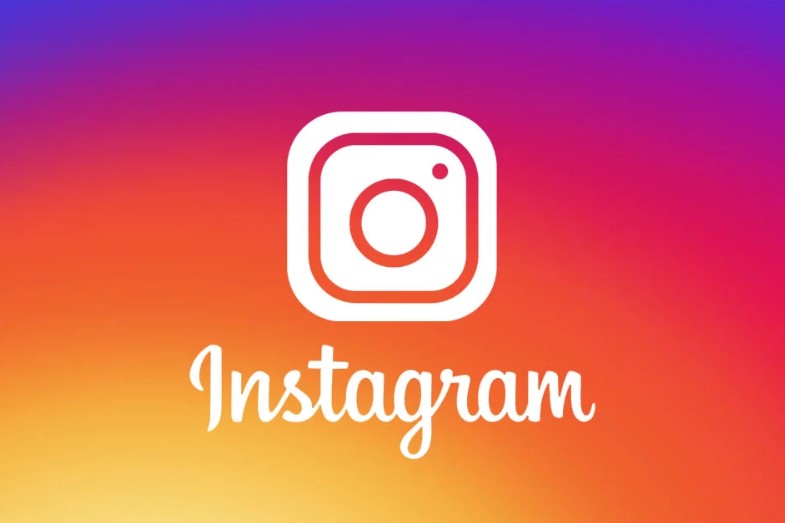If something doesn’t make sense, or seems fishy, there’s a good chance it’s not true. Consider the motives of the source. Why is this person or website sharing this information? What do they stand to gain by spreading false information? Check for other corroborating evidence. See if other sources are reporting similar things before you believe anything you read. A quick Google search can often reveal whether or not a story is true. Take everything with a grain of salt. Just because something is reported by a news outlet doesn’t mean it’s 100% accurate – remember that all journalism is biased in some way or another. Fake news and misinformation are a serious issue that can be detrimental to our society, but with the right tools and information it is possible to spot reliable news sources.
By staying up-to-date on the latest news events, paying attention to the language used in articles and verifying sources before trusting them, you can help prevent yourself from being tricked by fake or misleading news stories. Reliable journalism is essential for an informed public and understanding how to recognize trustworthy media outlets will help us all stay educated and make better decisions. In today’s world, the way we consume news has drastically changed from what it was a decade ago. The traditional newspaper and television channels have been replaced by online portals, social media feeds, and podcasts. With this shift in the landscape of journalism comes a multitude of new opportunities for both journalists and readers alike. In this blog post, we’ll explore how technology has impacted news gathering and dissemination theislandnow.com while also uncovering some reliable sources to stay informed on current events. The news has been around for centuries, but its form and delivery have changed drastically over time. In the past, news was delivered via newspapers, which were often the only source of information for people living in remote areas.
Today, there are a variety of news sources available, including traditional news outlets like newspapers and television stations, as well as digital sources like online news websites and social media platforms.The history of news is fascinating, and it’s important to understand how the industry has evolved in order to appreciate the changing landscape of news today. Here is a brief overview of the history of news, from its earliest days to the present:The first newspaper was published in 1690 in London, and it quickly became clear that this new form of communication would be essential for keeping people informed about current events. Newspapers began popping up all over Europe and North America, and they became an essential part of everyday life.As technology progressed, so too did the methods by which news was delivered. The telegraph revolutionized journalism by allowing reporters to send stories back to their newspapers instantly, and radio and television brought the news into people’s homes in real-time.The internet has had perhaps the most profound impact on the news industry in recent years. Online news sources have made it possible for people to get their news fix from anywhere in the world at any time of day.


